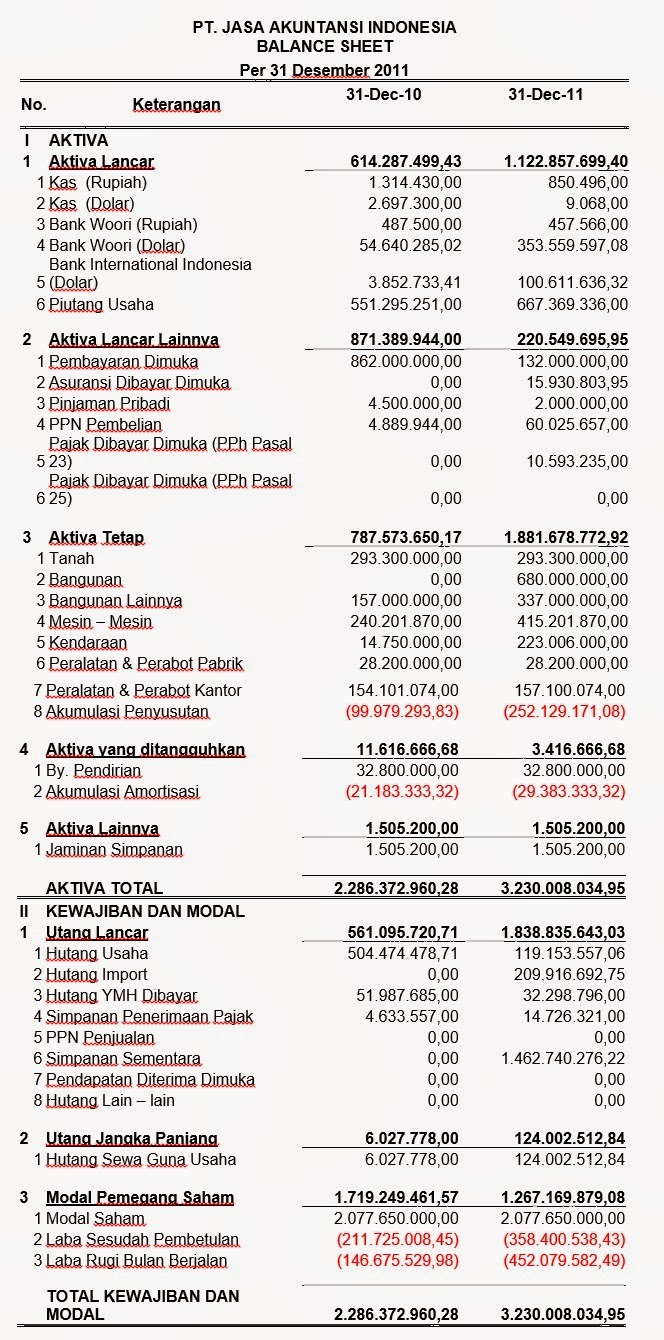From Failure To Success: A Weekly Review

Table of Contents
Planning Your Weekly Review: Setting the Stage for Success
Before you can effectively analyze your week, you need a solid plan. This involves defining your goals and scheduling dedicated time for reflection. A well-structured weekly review is the cornerstone of effective self-reflection.
Defining Your Goals and Objectives:
To make your weekly review meaningful, you need clear goals. These should be SMART goals: Specific, Measurable, Achievable, Relevant, and Time-bound.
- Examples: Instead of "Get healthier," aim for "Walk for 30 minutes, three times a week." Instead of "Improve sales," aim for "Increase sales leads by 15% this month."
- Long-Term Vision: Connect your weekly goals to your larger, long-term objectives. Your weekly review becomes a progress report on your overall aspirations.
- Goal-Setting Tools: Leverage apps like Trello, Asana, or even a simple spreadsheet to track your progress.
Scheduling Your Review: Making Time for Reflection:
Consistency is key. Schedule your weekly review at the same time each week. Consider:
- Optimal Times: Friday evenings to reflect on the work week, or Sunday evenings to plan for the week ahead.
- Habit Formation: Treat your weekly review like any important appointment – protect this time fiercely.
- Dedicated Tools: Use a journal, digital document, or a dedicated app to record your thoughts and observations. This structured approach makes your weekly review much more effective.
Analyzing Your Week: Identifying Wins and Challenges
This is the heart of your weekly review – honestly assessing your performance.
Reviewing Accomplishments:
Don't underestimate the power of celebrating successes, no matter how small.
- Acknowledge Wins: Even minor achievements contribute to progress. Use your task lists or journal entries to identify what you accomplished.
- Connect to Goals: How did your achievements move you closer to your overall goals? This reinforces your progress and motivation.
- Boost Confidence: Acknowledging wins builds self-confidence and fuels future efforts.
Identifying Areas for Improvement:
Honest self-assessment is crucial for growth.
- Analyze Setbacks: Don't shy away from examining mistakes and challenges. What went wrong? Why?
- Root Cause Analysis: Dig deeper than surface-level explanations. Identify recurring patterns or issues.
- Actionable Insights: Focus on extracting actionable insights to prevent similar failures in the future. Learn from each setback.
Tracking Key Metrics and Progress:
Quantifiable data provides a clear picture of your progress.
- Relevant Metrics: Choose metrics aligned with your goals. This could include sales figures, project milestones, workout hours, or even the number of pages written.
- Data Visualization: Use charts, graphs, or other visual tools to easily see your progress over time. This makes it easier to identify trends and areas for improvement.
- Tracking Methods: Use spreadsheets, project management software, or dedicated productivity apps to track your data consistently.
Planning for the Week Ahead: Setting Intentions and Prioritizing Tasks
Your weekly review shouldn't just be retrospective; it should inform your future actions.
Setting Priorities Based on Insights:
Use your weekly review's insights to guide your priorities for the upcoming week.
- High-Impact Activities: Focus on the tasks that will have the biggest impact on your goals.
- Delegation and Elimination: Delegate or eliminate less important tasks to free up time for your priorities.
- Prioritization Techniques: Use the Eisenhower Matrix (urgent/important) to effectively prioritize your tasks.
Scheduling Tasks and Blocking Out Time:
Effective time management is crucial for achieving your goals.
- Time Blocking: Allocate specific time slots for important tasks in your calendar.
- Minimize Interruptions: Protect your scheduled time from distractions to maintain focus.
- Buffer Time: Build in buffer time to account for unexpected events or delays.
Setting SMART Goals for the Next Week:
Break down larger goals into smaller, manageable tasks.
- Alignment with Long-Term Goals: Ensure your weekly goals directly support your long-term objectives.
- Continuous Improvement: The weekly review is a continuous improvement cycle. Regularly review and adjust your goals based on progress and feedback.
Conclusion
A structured weekly review, incorporating self-reflection, goal setting, and productivity techniques, is a powerful tool for personal and professional growth. By consistently analyzing your performance, celebrating achievements, and learning from setbacks, you can transform your failures into valuable lessons and pave the way for future success. The power of consistent self-reflection through a dedicated weekly review cannot be overstated.
Start your journey towards success with a dedicated weekly review today! Unlock your potential through consistent self-reflection and strategic planning. Transform your failures into future wins with a powerful weekly review system. Implement a regular weekly review process and watch your productivity and personal development soar.

Featured Posts
-
 Accidental Car Crash Outside Barcelona Game Leaves 13 Injured
May 17, 2025
Accidental Car Crash Outside Barcelona Game Leaves 13 Injured
May 17, 2025 -
 Bayesian Superyacht Tragedy Probe Details Final Moments
May 17, 2025
Bayesian Superyacht Tragedy Probe Details Final Moments
May 17, 2025 -
 Missed Call Costs Pistons In Crucial Game 4 Loss
May 17, 2025
Missed Call Costs Pistons In Crucial Game 4 Loss
May 17, 2025 -
 Que Fue El Esquema Ponzi De Koriun Inversiones
May 17, 2025
Que Fue El Esquema Ponzi De Koriun Inversiones
May 17, 2025 -
 The Future Of Luxury Car Sales In China Lessons From Bmw And Porsches Experiences
May 17, 2025
The Future Of Luxury Car Sales In China Lessons From Bmw And Porsches Experiences
May 17, 2025
Latest Posts
-
 Laporan Keuangan Alat Penting Untuk Pengambilan Keputusan Bisnis Yang Bijak
May 17, 2025
Laporan Keuangan Alat Penting Untuk Pengambilan Keputusan Bisnis Yang Bijak
May 17, 2025 -
 Panduan Lengkap Membuat Dan Menganalisis Laporan Keuangan Untuk Sukses Bisnis
May 17, 2025
Panduan Lengkap Membuat Dan Menganalisis Laporan Keuangan Untuk Sukses Bisnis
May 17, 2025 -
 Memahami Pentingnya Laporan Keuangan Untuk Kesehatan Keuangan Bisnis
May 17, 2025
Memahami Pentingnya Laporan Keuangan Untuk Kesehatan Keuangan Bisnis
May 17, 2025 -
 Jenis Jenis Laporan Keuangan Yang Penting Untuk Bisnis Kecil Dan Besar
May 17, 2025
Jenis Jenis Laporan Keuangan Yang Penting Untuk Bisnis Kecil Dan Besar
May 17, 2025 -
 Laporan Keuangan Jenis Pentingnya Dan Cara Membuatnya Untuk Bisnis Anda
May 17, 2025
Laporan Keuangan Jenis Pentingnya Dan Cara Membuatnya Untuk Bisnis Anda
May 17, 2025
